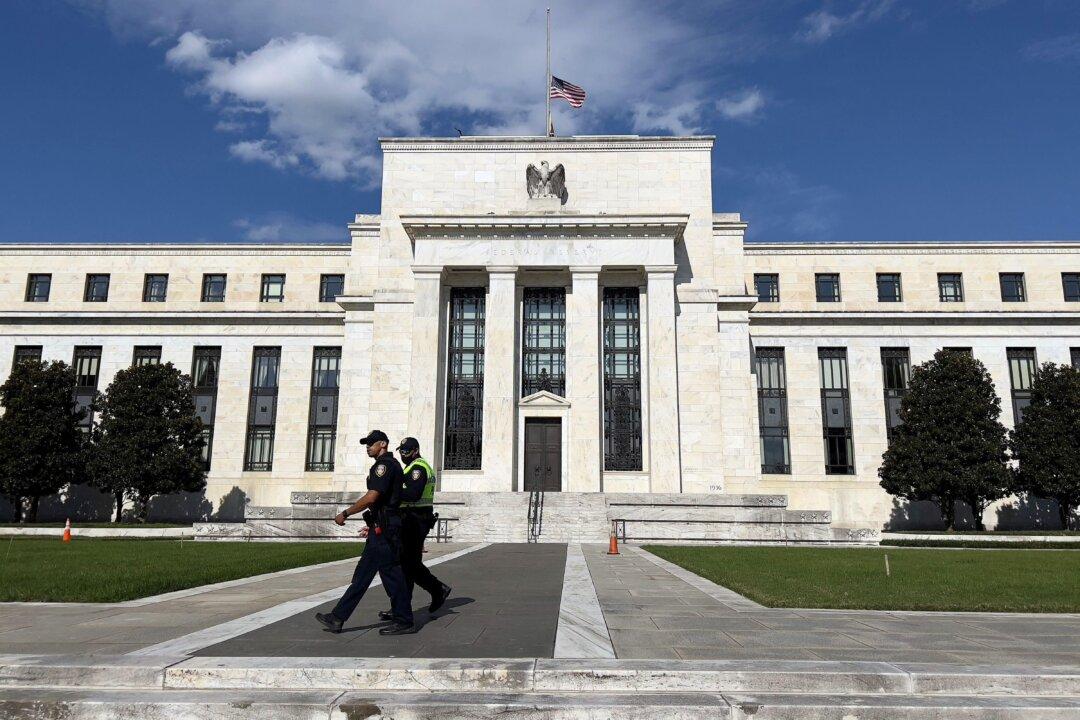News Analysis
Inflation is swelling across both advanced and developing economies throughout the world, affecting a wide range of goods and services in the global marketplace. What does this mean for monetary policy in 2022?

Inflation is swelling across both advanced and developing economies throughout the world, affecting a wide range of goods and services in the global marketplace. What does this mean for monetary policy in 2022?